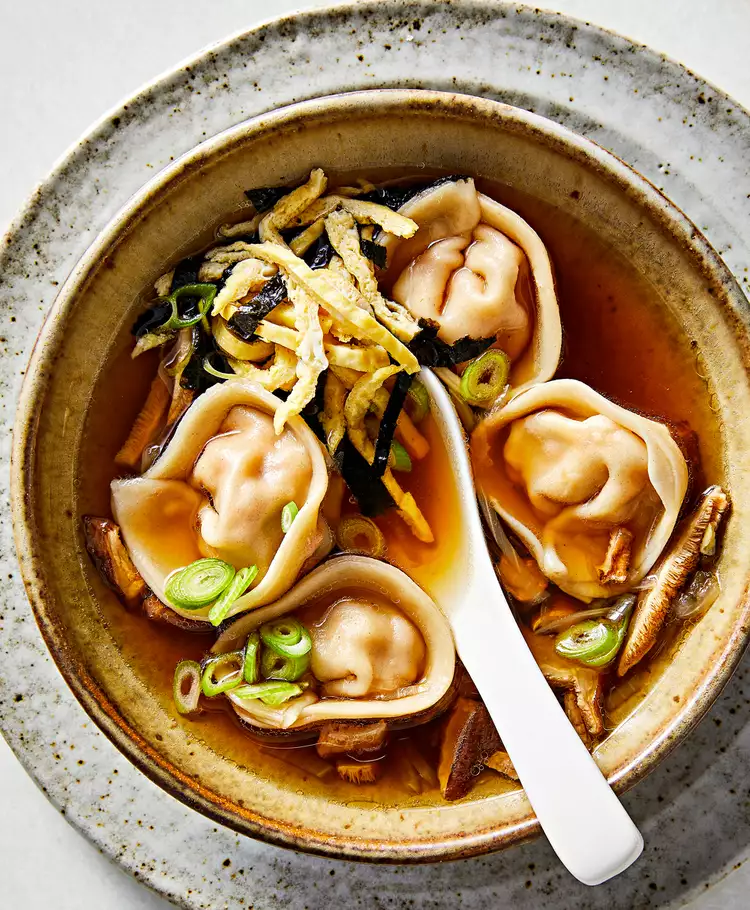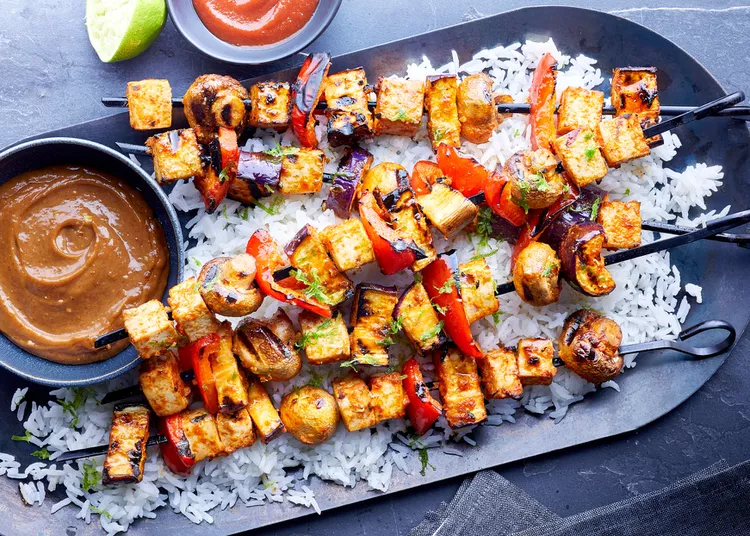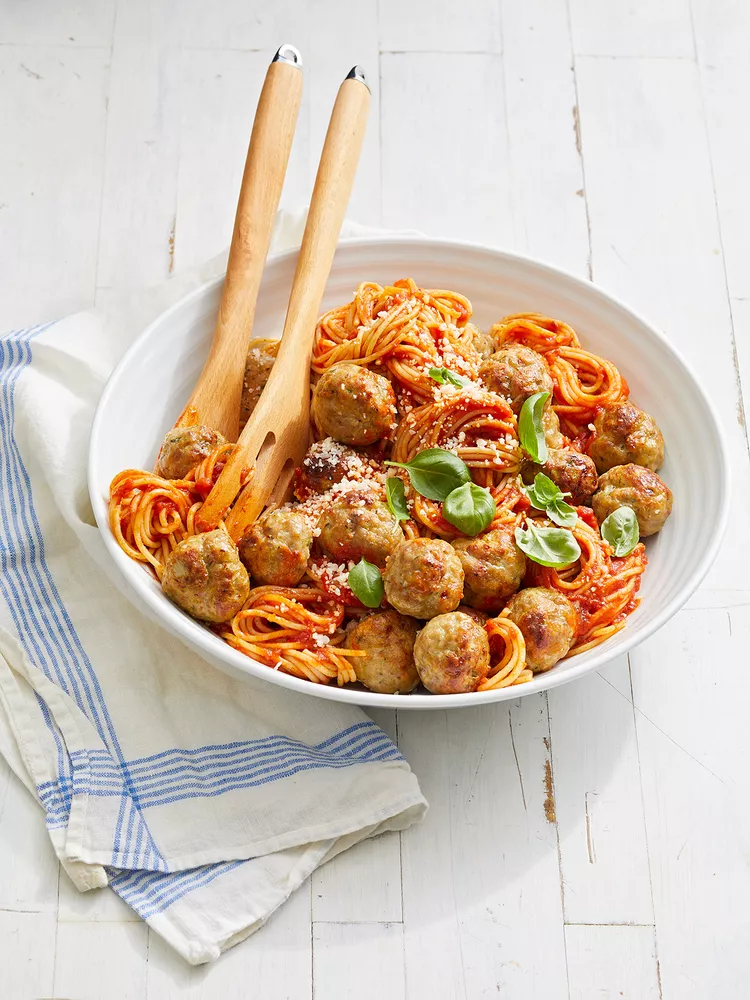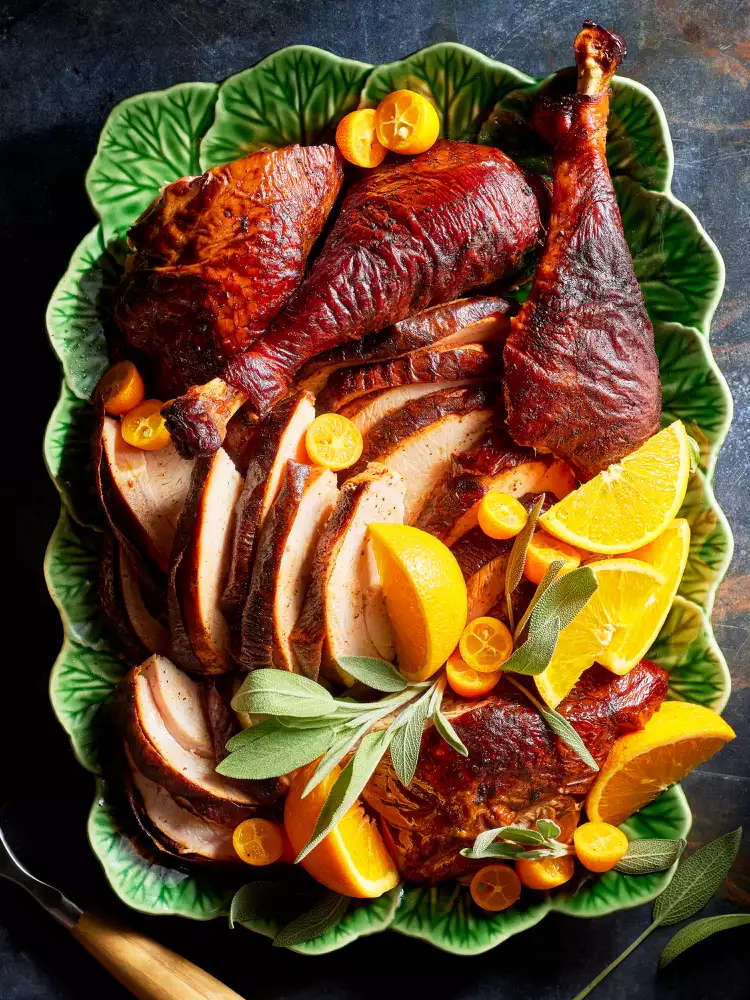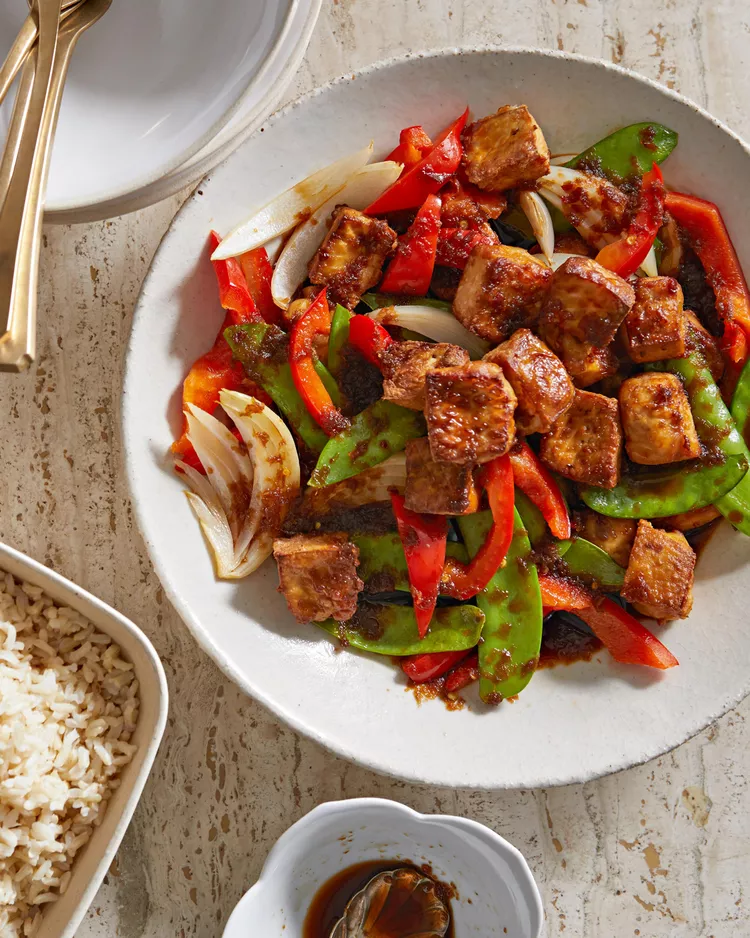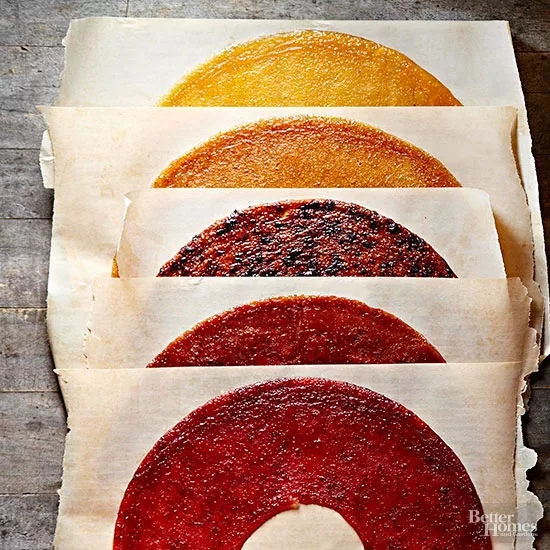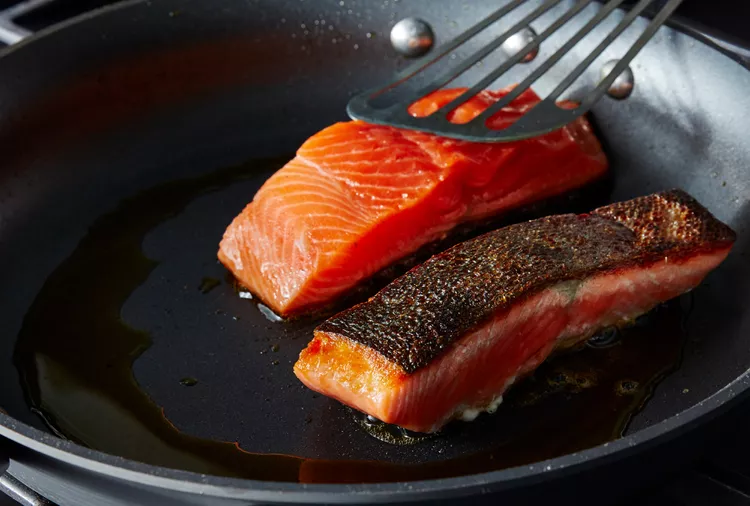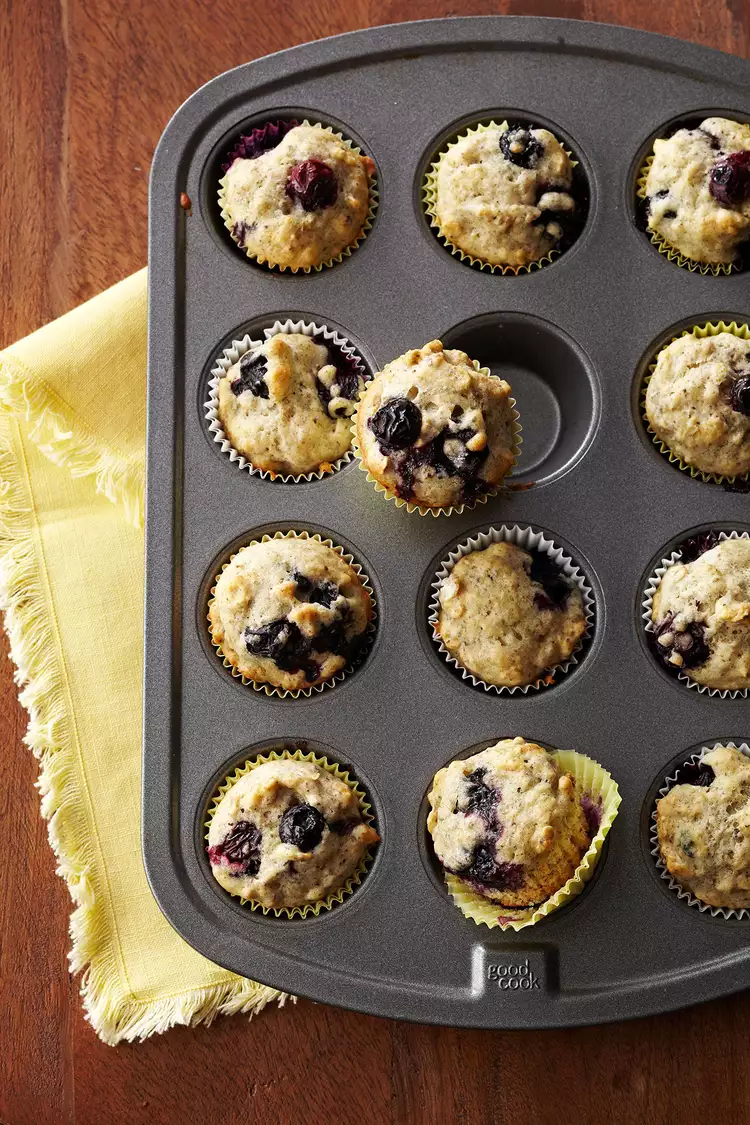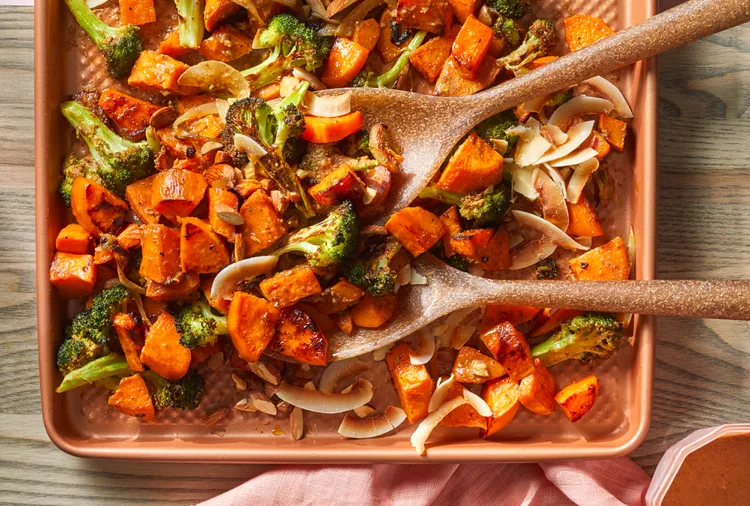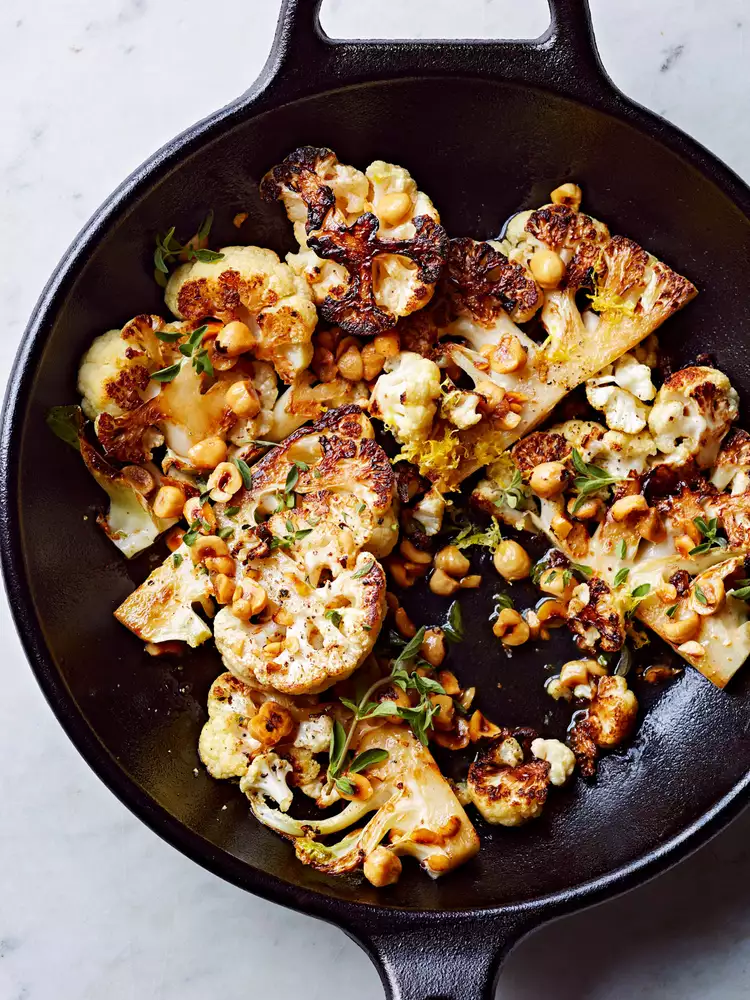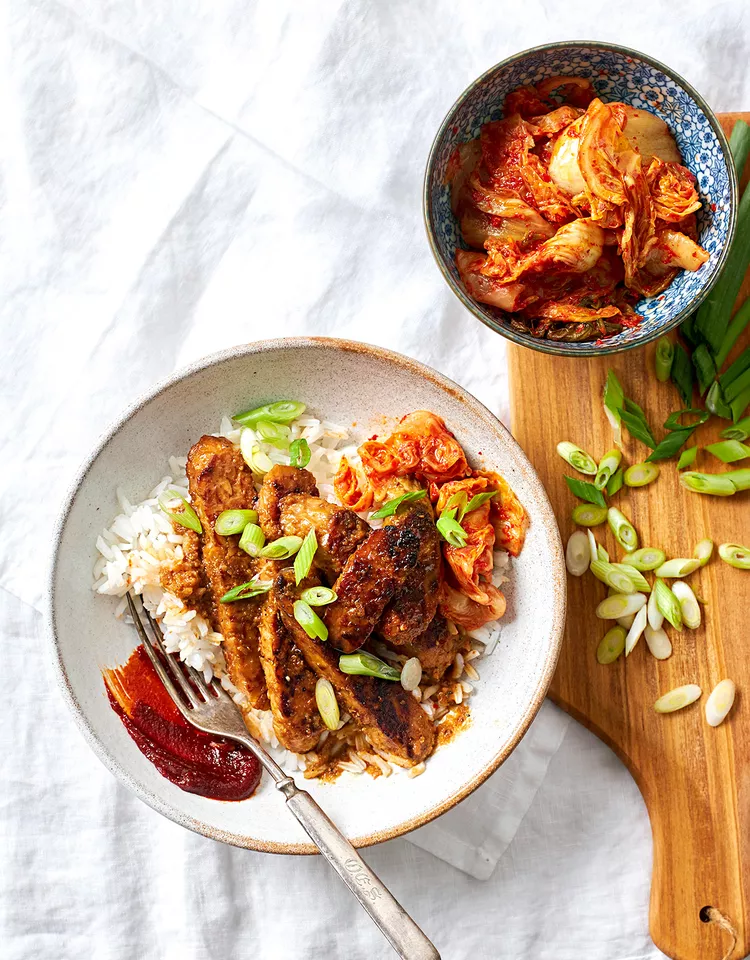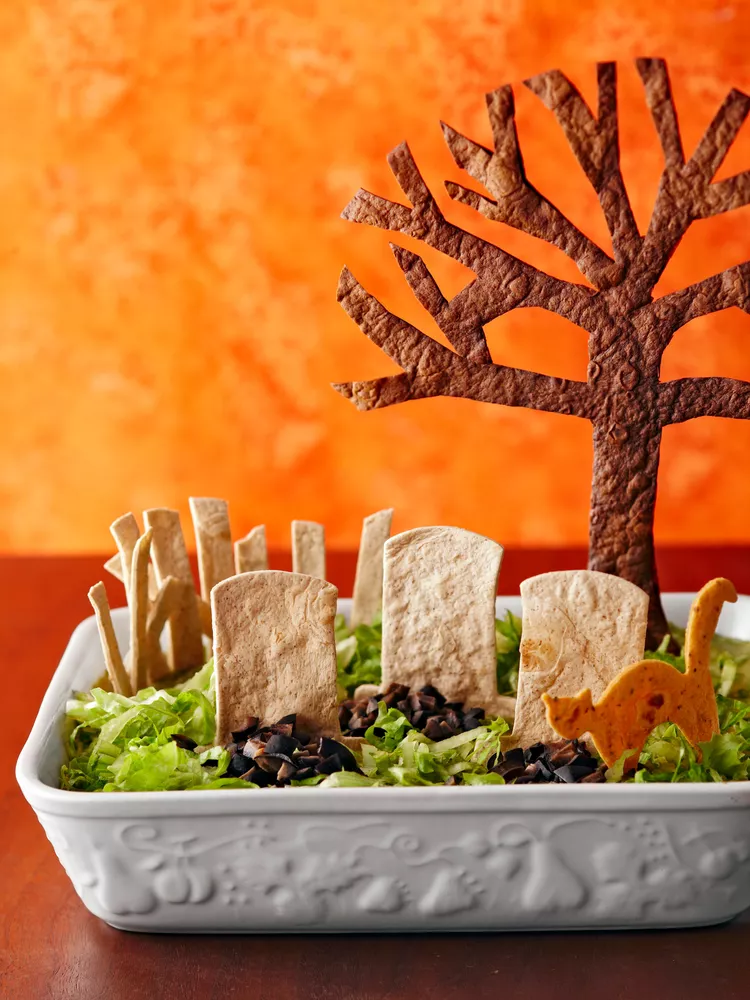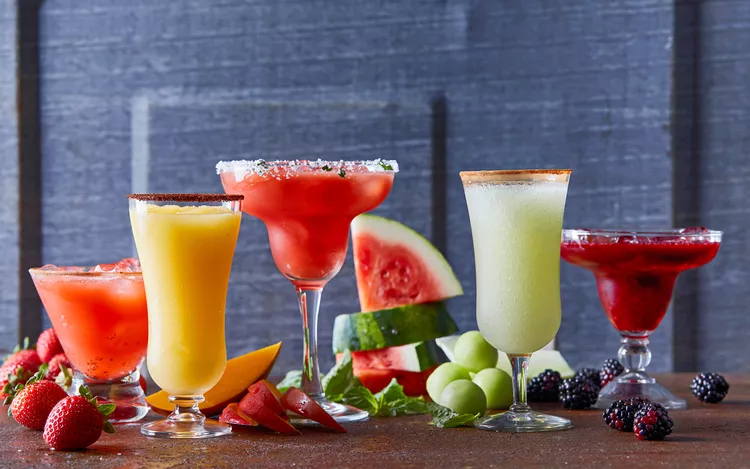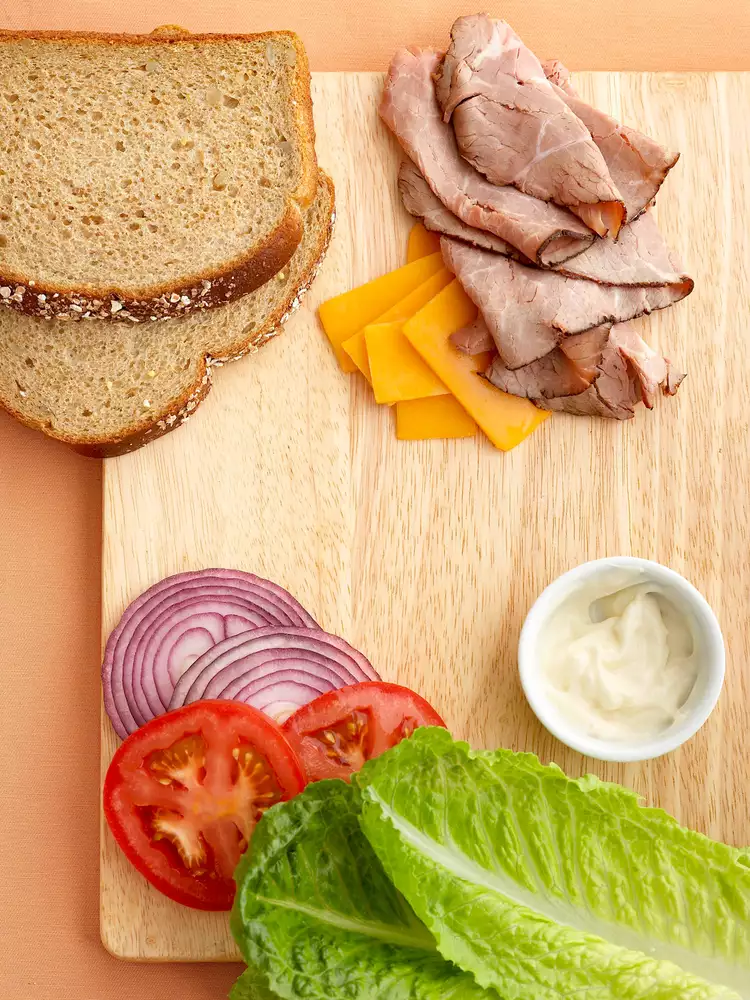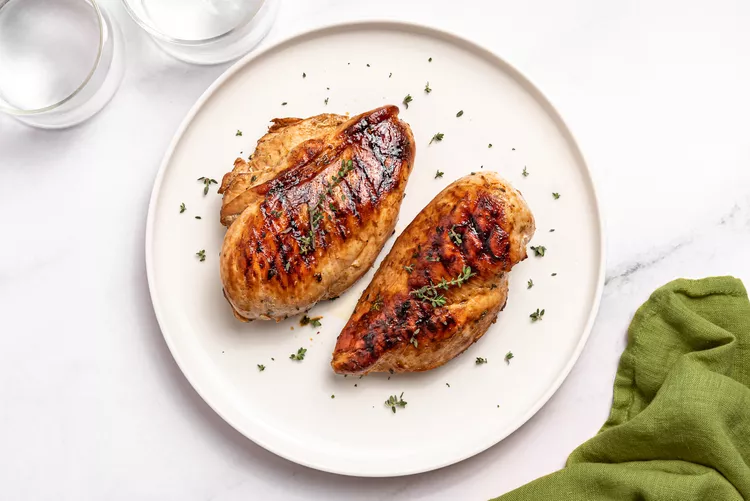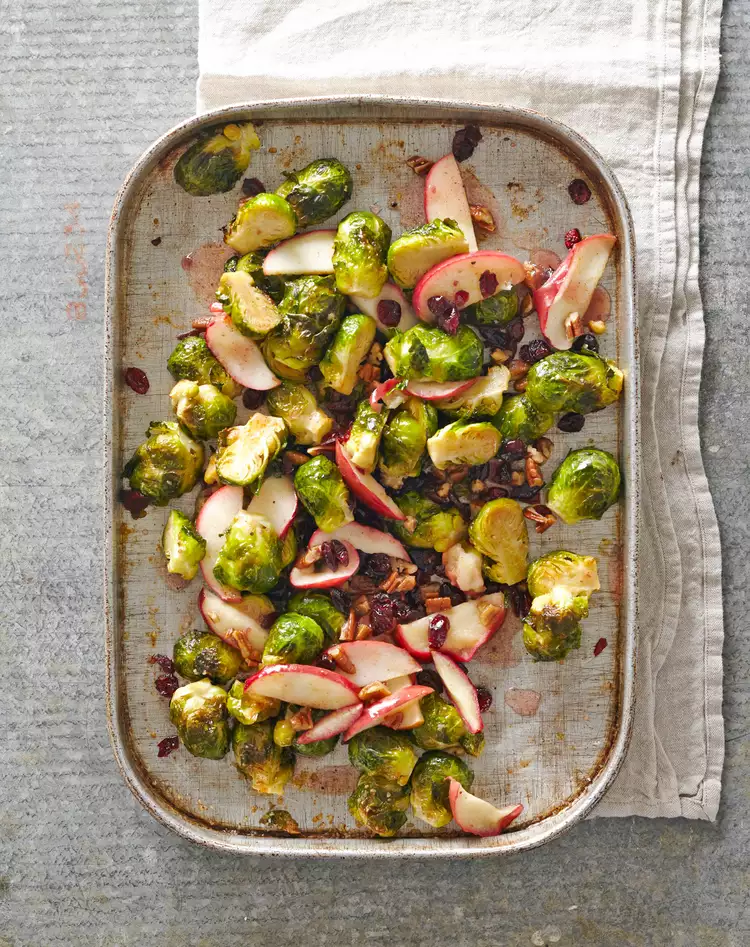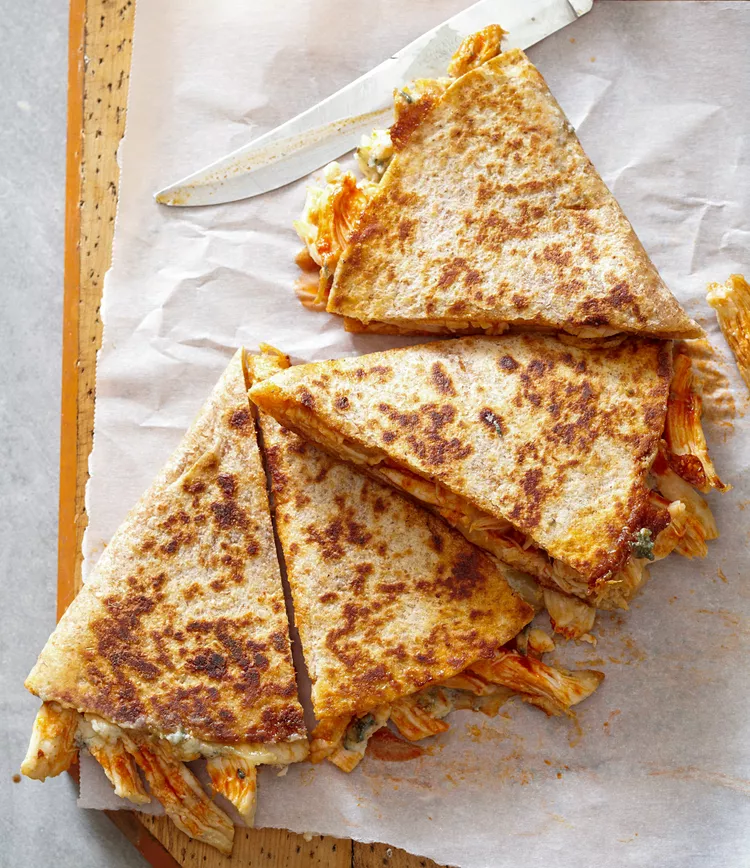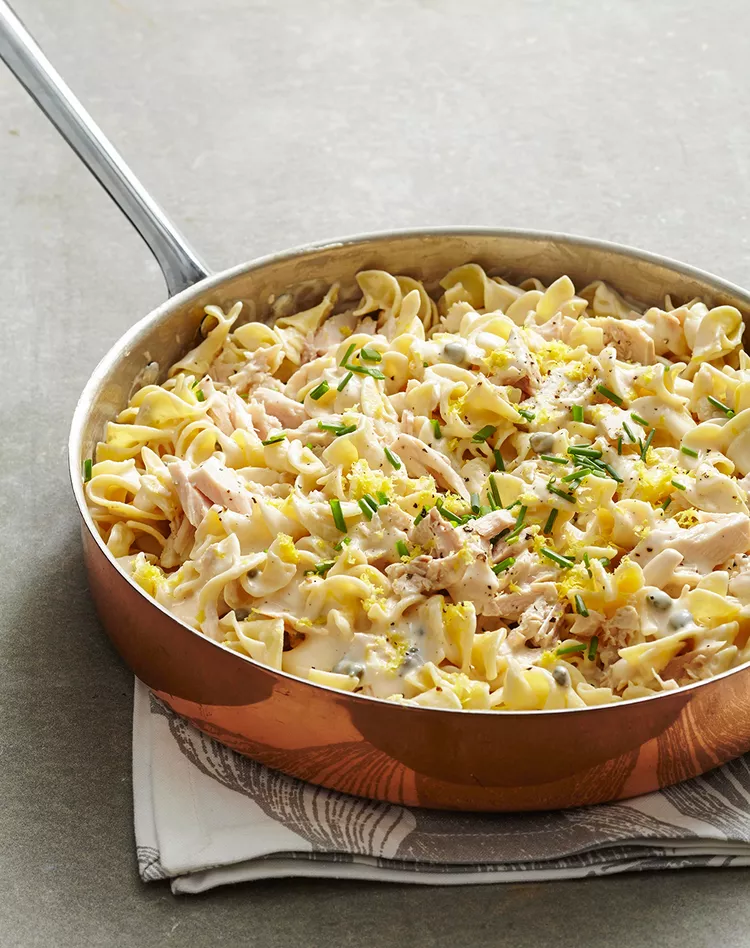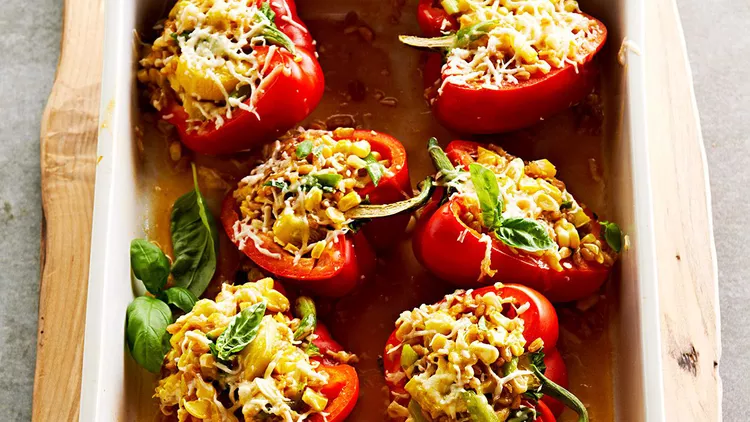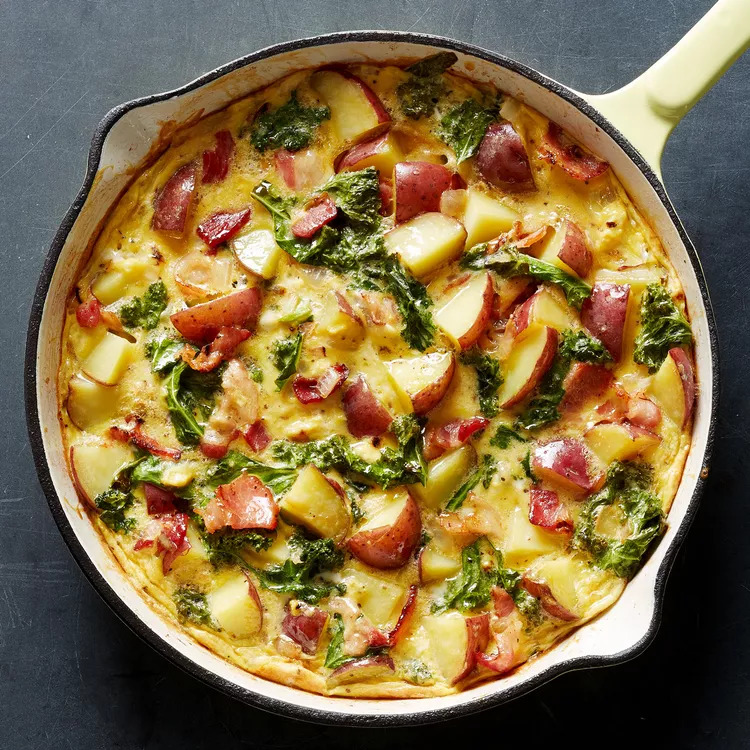In Korea, savory dumplings known as mandu are everyday fare. Mandu dumplings may be filled with meat, seafood, vegetables, or kimchi. In this spicy version, extra-firm tofu soaks up the tangy chile pepper flavors of kimchi. The cuisine's focus on fresh, healthy ingredients is evident in this popular tofu-filled spin on this classic Korean dish. Though mandu can be fried or steamed and served solo, they're also simmered in a broth soup called mandu-guk. Kimchi mandu is easy to prepare and most of the ingredients should already be on-hand in your kitchen. If you're feeling adventurous, you can make your own dumpling wrappers with just a few easy ingredients and make the mandu-guk to go along with them. We've compiled everything you'll need for a solid Korean meal down below.
When shaping the mandu, it's important to moisten the edges of the wrapper with water so they stick properly. This will also help ensure the dumplings hold together while cooking.
Tips for Making Dumplings From Scratch
Dumplings aren’t hard to make, as long as you follow these few simple tips.
- Avoid overstuffing your dumplings. You don’t want to fill more than two-thirds of the wrapper. If you do, then the dumpling could end up falling apart while cooking, leaving you with a mess.
- Avoid overworking your dough. The batter shouldn’t be too smooth. If you overwork your dough, then the dumplings will be too heavy. To keep them light and fluffy, only mix long enough for everything to combine.
- Don’t worry too much about the shape. When you’re pan-frying or steaming dumplings, then you might want to use fun folding techniques to give your dumplings a pretty pattern. However, if you’re following the recipe below and are boiling your dumplings, a simple look works best because they are unlikely to retain their shape after cooking anyway.
- Pierce the dumpling with a toothpick. If it comes out clean, then the dumpling is done. If you don’t have a toothpick handy, you could also use a fork.
Ingredients
-
1 12 oz. block extra-firm tofu, drained well
-
¾ cup kimchi, finely chopped
-
¼ cup thinly sliced green onions
-
½ tsp. kosher salt
-
⅛ tsp. freshly ground white or black pepper
-
24 to 28 dumpling wrappers rolled to medium thickness
Directions
-
Cut the tofu into 1-inch cubes. Use paper towels or a clean kitchen towel to press tofu cubes and soak up excess liquid, drying the tofu cubes as much as you can.
-
For the filling, in a large bowl stir together tofu, kimchi, green onions, salt, and pepper; mix well. The tofu cubes will break apart, which will make filling and shaping easier.
-
Cover wrappers with a slightly damp towel to keep them from drying out. Fill a small bowl with water. Place a wrapper on the work surface. Spoon one heaping teaspoon filling into the center of the wrapper.
-
When shaping dumplings, dip your finger in water and moisten the edges all around. Fold dumpling in half and press edges together to seal.
-
Turn the dumpling so the straight edge is toward the bottom.
-
Add a dab of water to one end, then pull the ends around to meet and overlap one end over the other. Press together to seal.
-
Set shaped dumpling on a baking sheet and cover with a slightly damp towel. Repeat with remaining wrappers and filling.
-
Bring a large pot of water to boiling. Add dumplings to pot and return to boiling. Boil 4 minutes. Use a slotted spoon to remove dumplings from water or drain in a colander.
Korean Tofu in Dumpling Soup Variation
Use half of the mandu in our Mandu-Guk Recipe to add some warmth and flavor to your meal.
Nutrition Facts (per serving)
| 365 | Calories |
| 11g | Fat |
| 41g | Carbs |
| 25g | Protein |
| Nutrition Facts | |
|---|---|
| Servings Per Recipe 4 | |
| Calories 365.5 | |
| % Daily Value * | |
| Total Fat 11.3g | 15% |
| Saturated Fat 2.9g | 15% |
| Cholesterol 62.3mg | 21% |
| Sodium 1169.9mg | 51% |
| Total Carbohydrate 40.8g | 15% |
| Dietary Fiber 2.9g | 10% |
| Total Sugars 2.7g | |
| Protein 24.7g | 49% |
| Vitamin D 0.2mcg | 1% |
| Vitamin C 3.1mg | 3% |
| Calcium 308.8mg | 24% |
| Iron 5mg | 28% |
| Potassium 375.1mg | 8% |
| Fatty acids, total trans 0g | |
| Vitamin D 6.6IU | |
| Alanine 1.2g | |
| Arginine 1.6g | |
| Ash 5g | |
| Aspartic acid 2.3g | |
| Caffeine 0mg | |
| Carotene, alpha 0.3mcg | |
| Choline, total 76.4mg | |
| Copper, Cu 0.3mg | |
| Cystine 0.3g | |
| Energy 1531.5kJ | |
| Fluoride, F 0.1mcg | |
| Folate, total 88.2mcg | |
| Glutamic acid 5.3g | |
| Glycine 1.1g | |
| Histidine 0.7g | |
| Isoleucine 1.1g | |
| Leucine 1.9g | |
| Lysine 1.5g | |
| Methionine 0.5g | |
| Magnesium, Mg 61.8mg | |
| Manganese, Mn 1mg | |
| Niacin 5.4mg | |
| Phosphorus, P 264.5mg | |
| Pantothenic acid 1mg | |
| Phenylalanine 1.1g | |
| Phytosterols 6.1mg | |
| Proline 1.6g | |
| Retinol 17.8mcg | |
| Selenium, Se 44.6mcg | |
| Serine 1.2g | |
| Starch 0g | |
| Theobromine 0mg | |
| Threonine 1g | |
| Vitamin E (alpha-tocopherol) 0.6mg | |
| Tryptophan 0.3g | |
| Tyrosine 0.9g | |
| Valine 1.2g | |
| Vitamin A, IU 240.3IU | |
| Vitamin A, RAE 27mcg | |
| Vitamin B-12 0.4mcg | |
| Vitamin B-6 0.3mg | |
| Vitamin K (phylloquinone) 46.8mcg | |
| Water 160.1g | |
| Zinc, Zn 2.5mg | |
*The % Daily Value (DV) tells you how much a nutrient in a food serving contributes to a daily diet. 2,000 calories a day is used for general nutrition advice.
